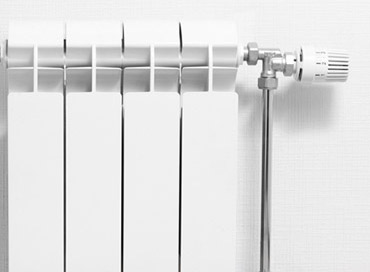Oil Baseboard Zoning

What Is Zoned Heating?
A standard, non-zoned heating system controls the temperature of the entire house as a whole. A zoned heating system, in contrast, allows homeowners to control the temperature of each room or zone individually, thereby maximizing comfort and minimizing energy costs. A zoned system can be adjusted for numerous factors, including room usage, personal preferences, and environmental conditions. Zoned systems help homeowners use their heating systems more effectively by distributing heat where and when it is needed.
Advantages of Zoned Heating
The advantages of a properly zoned home include savings on heating costs, and greater control and comfort throughout the home. If they are individually zoned, unoccupied or rarely used spaces do not have to be heated, and areas of the home that get colder than others can be adjusted directly for greater comfort. Furthermore, programmable thermostats can increase savings by dialing back heating usage when residents are out of the home or sleeping.
A typical zoned heating system treats the main floor of a house as one heating zone and the upstairs bedroom area as a separate heating zone. This allows heat to be directed to the main floor during the daytime and to the upstairs bedrooms at night, allowing unoccupied areas of the home to cool down when vacant. A zoned system can also let homeowners minimize the heat in seldom-used areas, such as guest rooms or storage spaces.
Zoning the heating system can save homeowners up to 30 percent on a typical heating and cooling bill, according to the U.S. Department of Energy. Because heating and cooling accounts for more than 40 percent of an average household’s utility costs, the savings from a zoned system can really add up.
Installing Zoned Heating
Adding a zoned heating system to an existing home is a fairly complex project and typically requires the use of a professional installer. Retroactively zoning a home is not really something that an average DIYer would be able to accomplish. They would have to wire in controls and thermostats, hook them up to the pump(s) and boiler or furnace, and cut into either their hydronic lines or ductwork to install zone valves or dampers. This all would likely require cutting open walls, running electrical, and possibly sweating copper.
Even though installing a zoned heating system is not a typical do-it-yourself project, the energy savings and temperature control features may make it an extremely worthwhile home improvement.

Peace of mind for you and your family.
Efficient Energy Systems has over 45 years of experience in the HVAC service industry. Fully licensed and insured.

